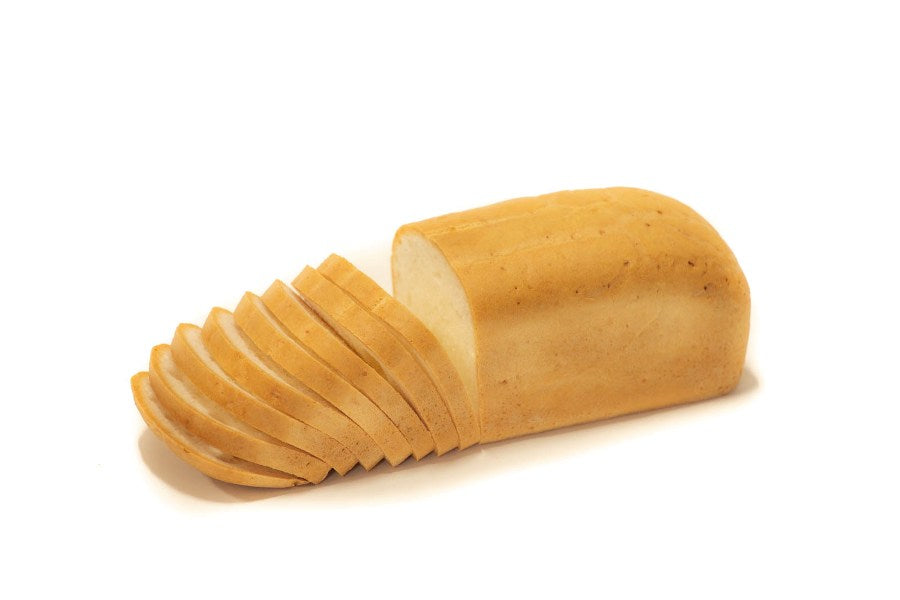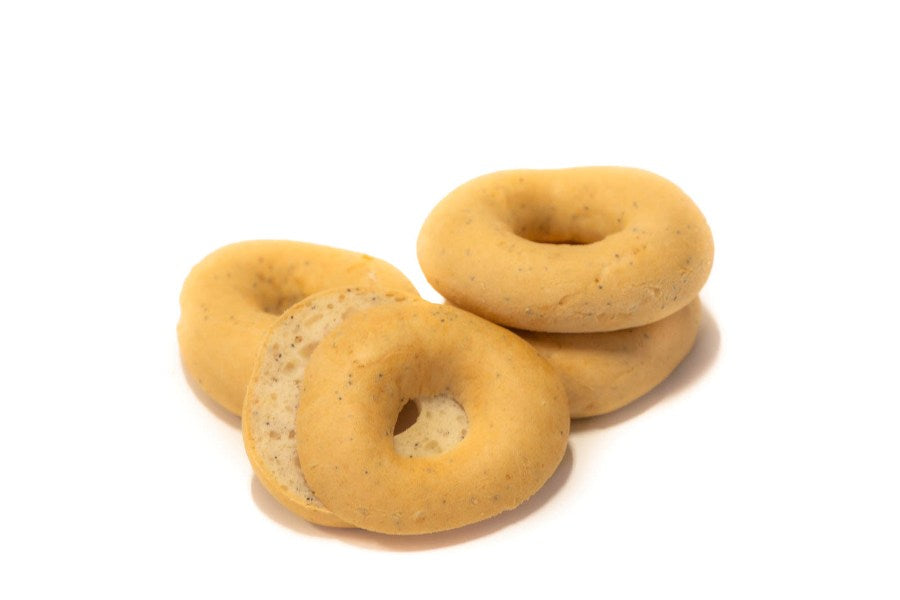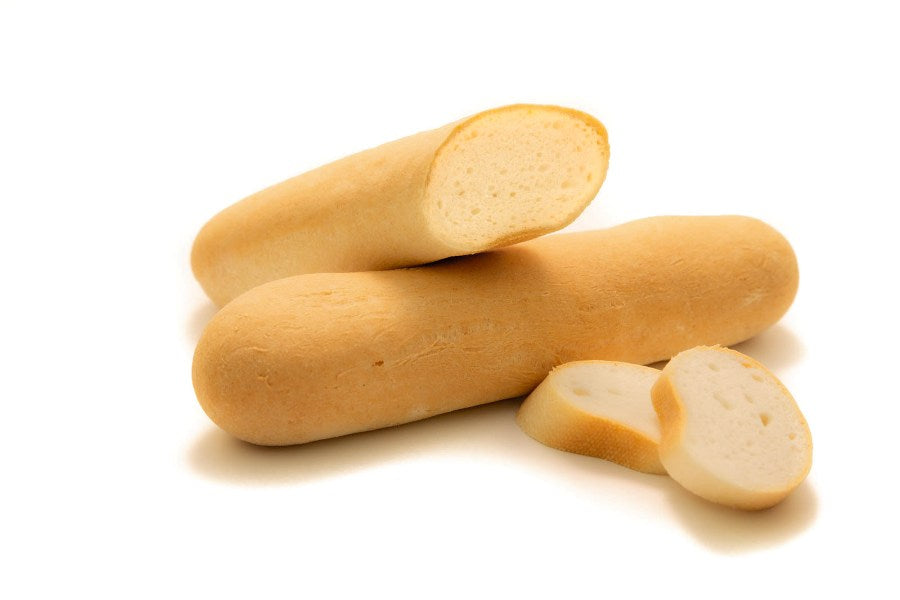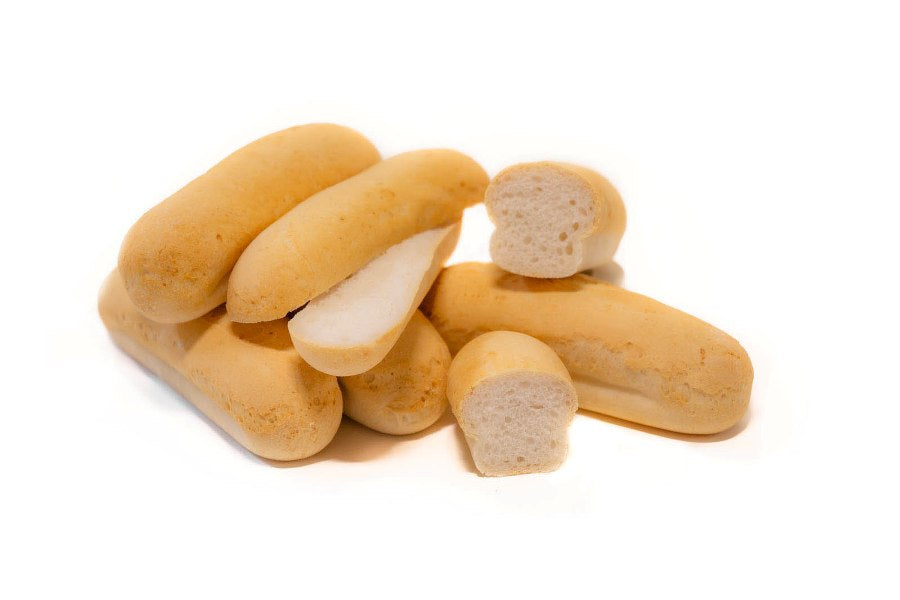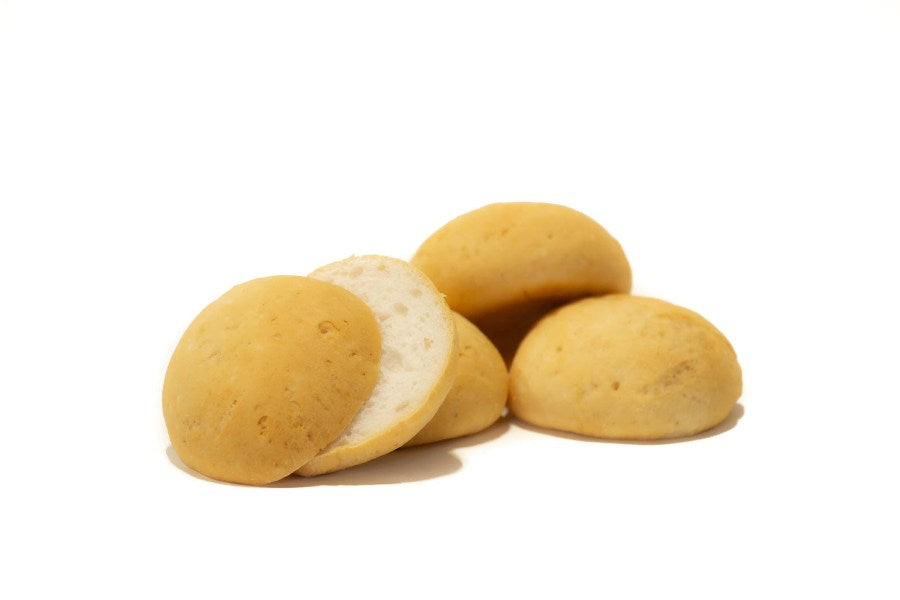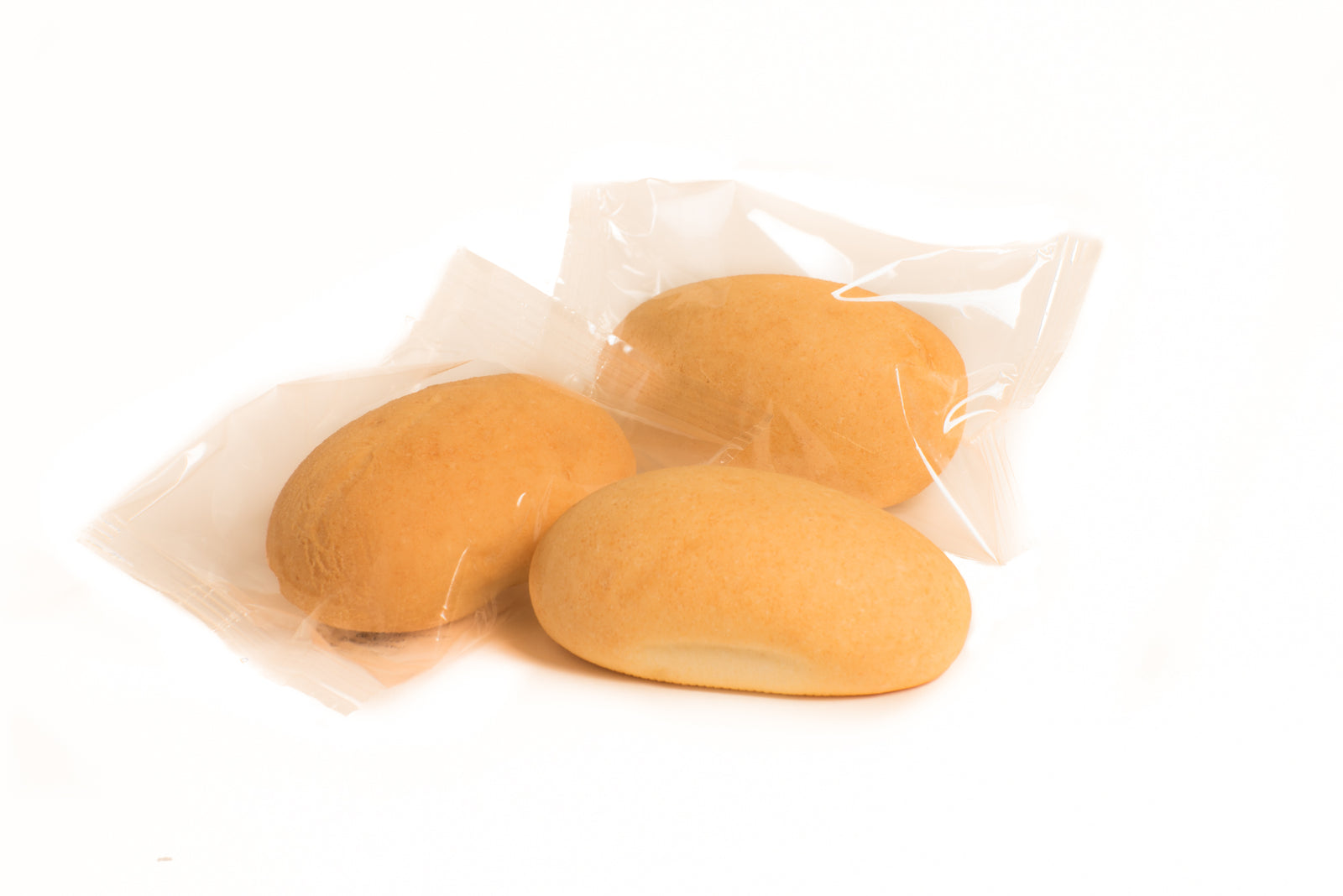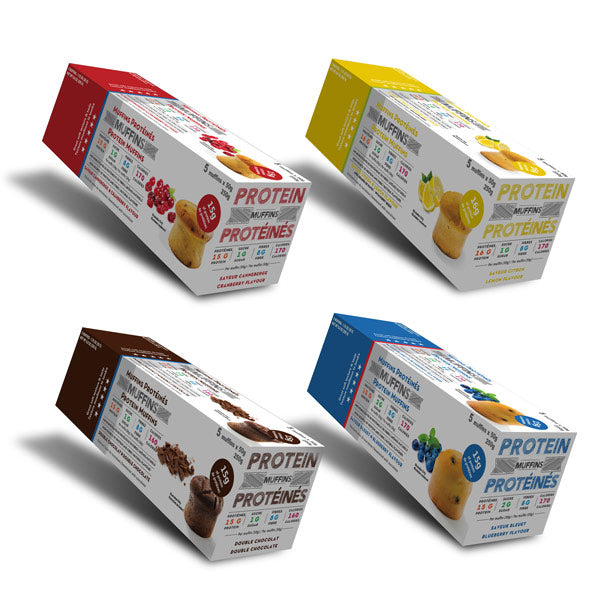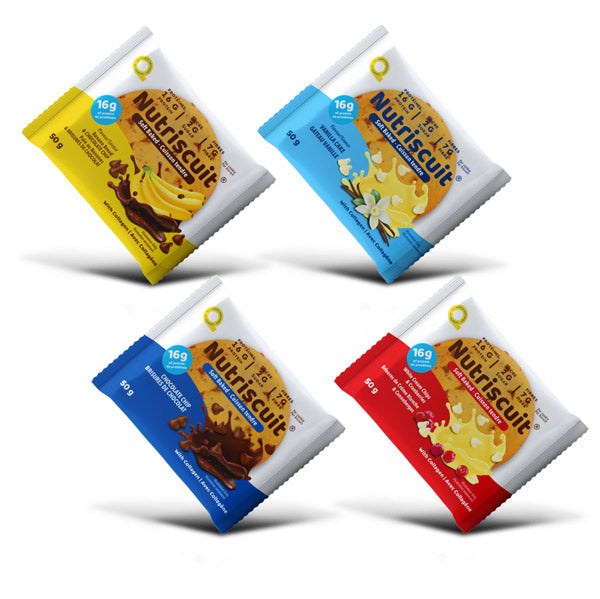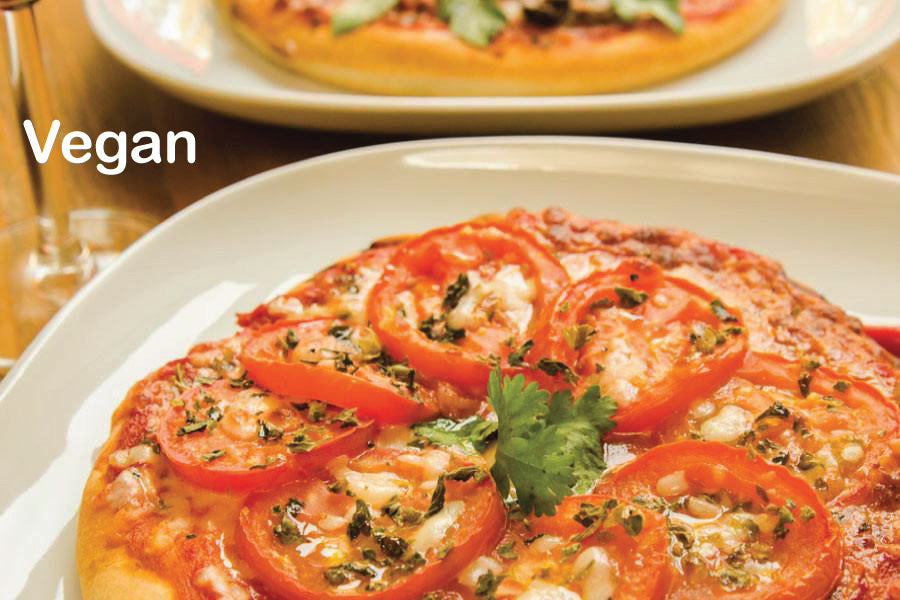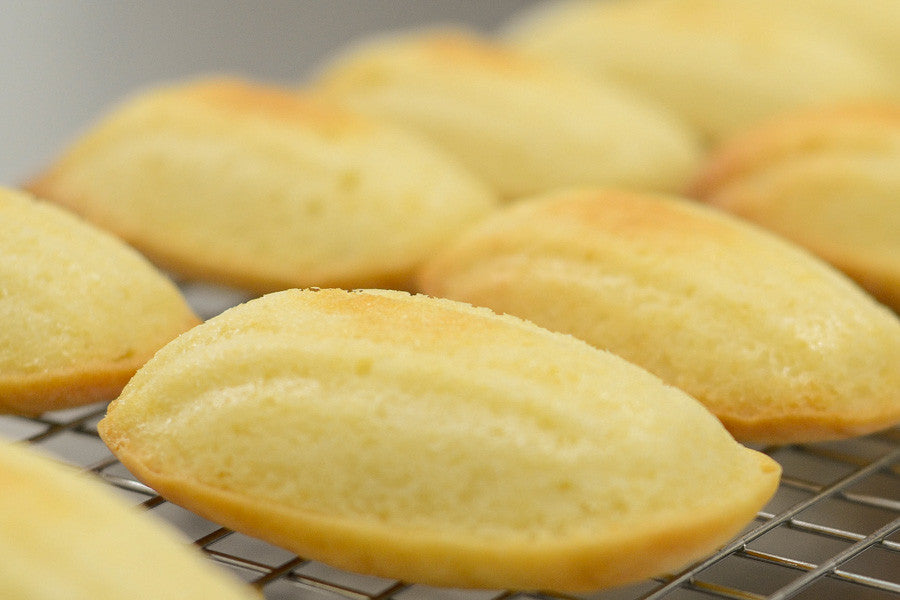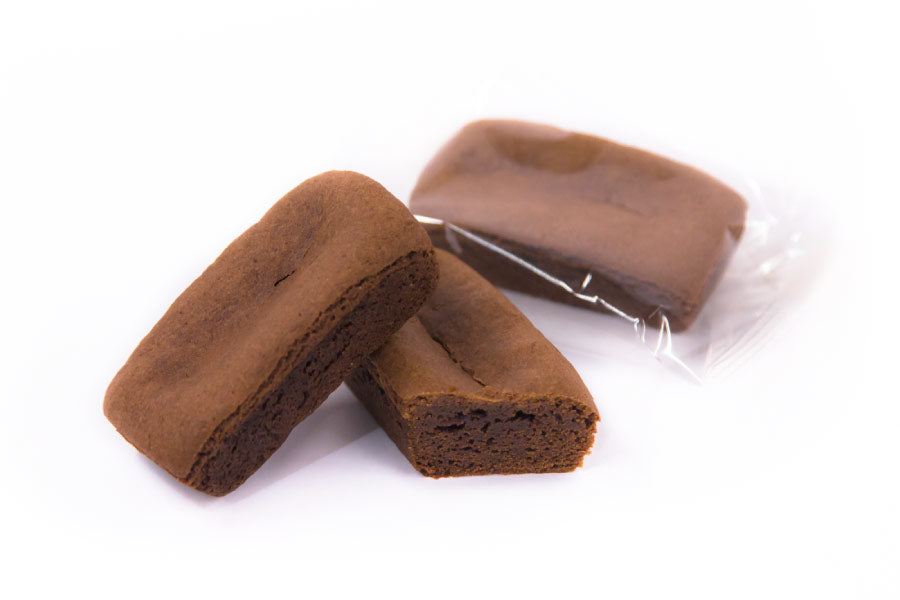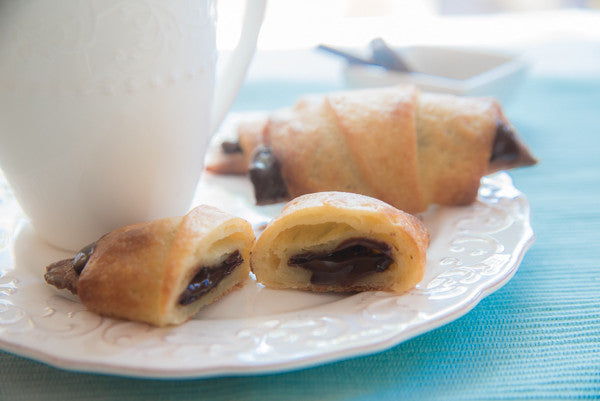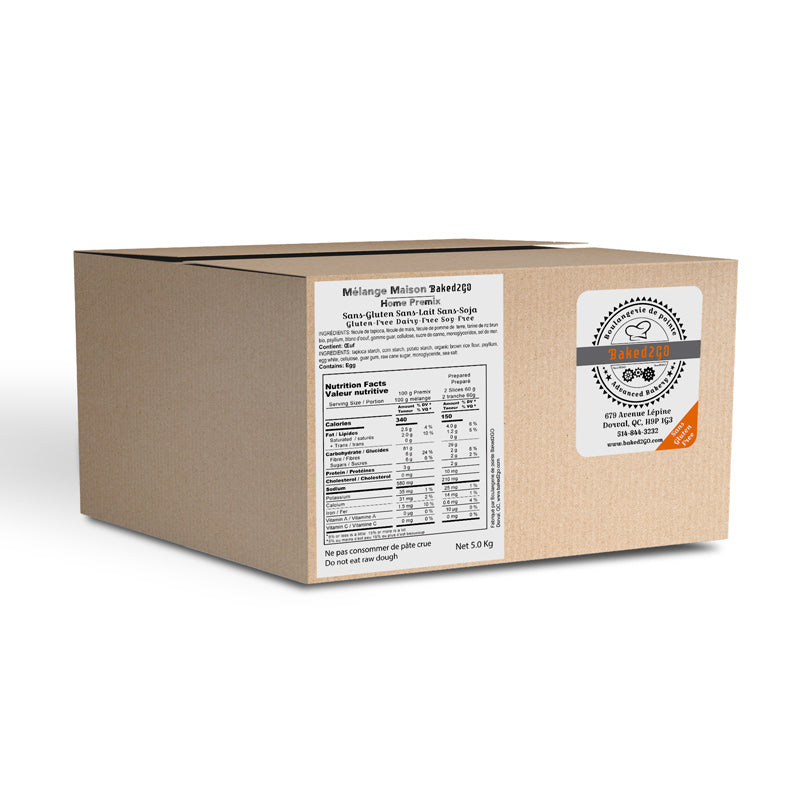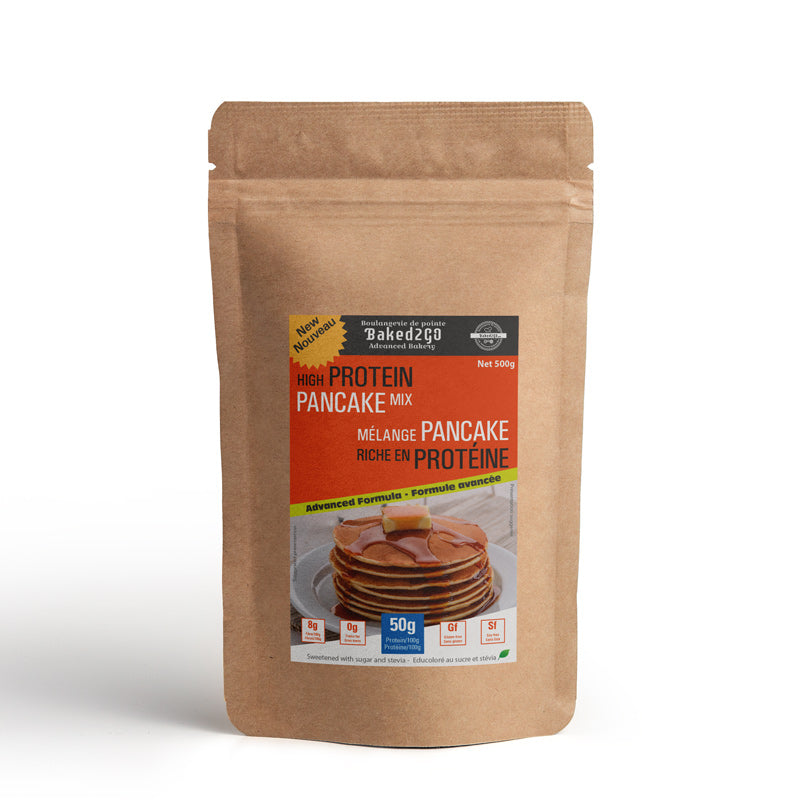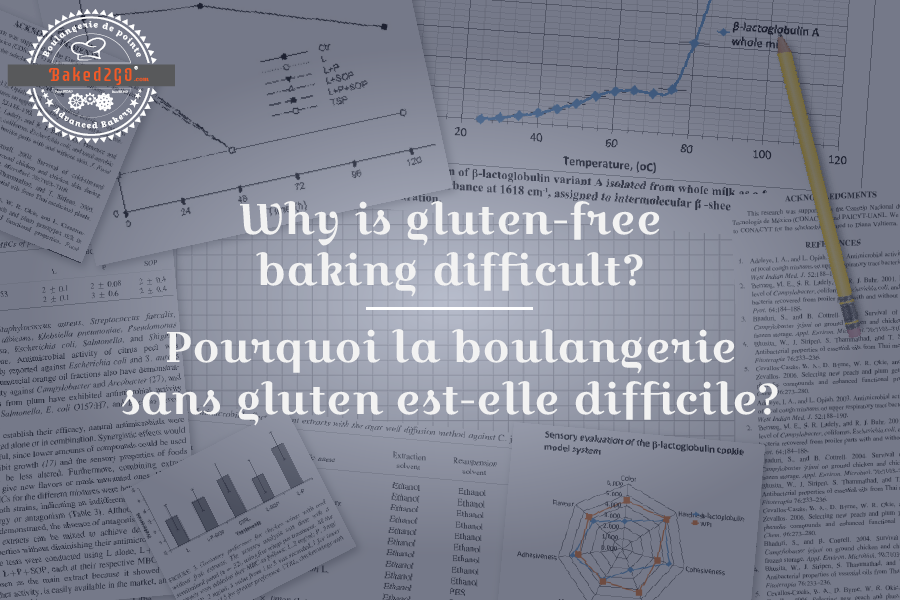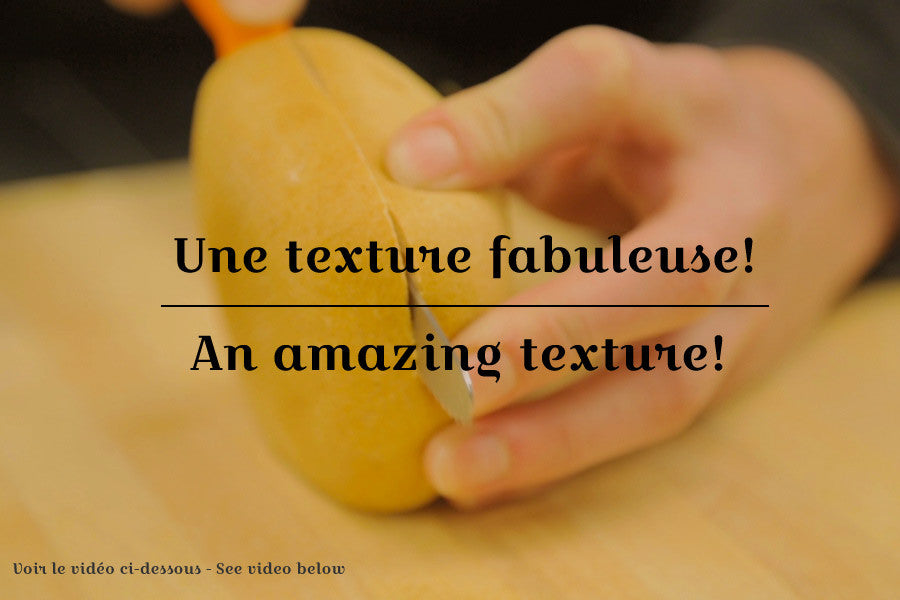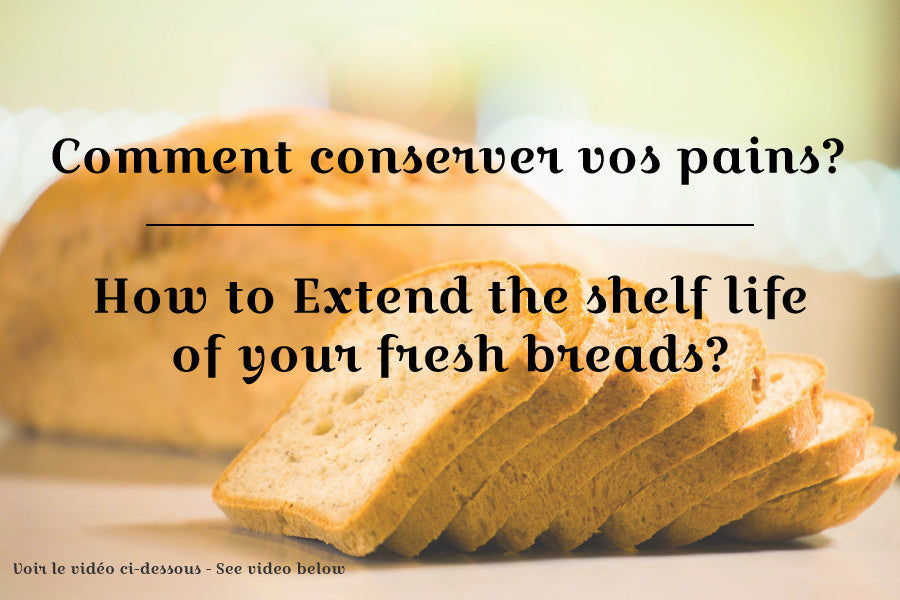Almost everyone who has tried gluten-free baking knows the challenges of achieving a moist, fluffy, delightful texture one would get when using traditional wheat-based flours. Often people will cringe when they hear, “This is gluten-free, try it!” Sadly many gluten-free products on the market taste pretty much the same: like sadness and broken dreams.
Without getting into too much food chemistry, appreciating the magic and hard-work that goes into some gluten-free products means understanding what such products are missing: gluten proteins, the challenges of which bring two things:
1 - Missing gluten proteins means missing a critical network structure and can reduce product fluffiness
Gluten is a family of matrix-forming proteins called glutenins and gliadins. This matrix is formed when flour is hydrated and the dough is kneaded, the more you “work” a dough the stronger the gluten matrix will become. As you are working the dough these proteins start forming bridges, the more bridges you form the stronger the structure of gluten will be, which is also why when you are making bread if you “overwork” the dough it will be harder and maybe a little bit rubbery. In a nutshell, this makes gluten a beautiful elastic 3D network with unique properties.
Now imagine removing this networking star from the equation. It’s like trying to build a house with toothpicks; it’s not impossible but it will take a lot of skills to find a way to make them hold together and make the structure strong enough to your liking.
The following diagram illustrates how gluten is a result of bridges forming between gliadins and glutenins.

2 - When prepared incorrectly, missing gluten proteins can mean a brittle and dry product
For many gluten-free bakeries, the lack of moistness in gluten-free products is often compensated for by increasing the sugar and/or fat. Added sugars will help the moistness by retaining water a bit longer while the extra fats will give a boost to the tenderness and flavour of the product. While getting a moist product is easily achieved with sugar and fat, the challenge of crumbling gluten-free product texture is far from solved. Owing to the absence of gluten, gluten-free products are inherently more compact and often more fragile.
At Baked2GO our team uses various alternate flours (rice, millet, tapioca, potato), grains, food gums, and fibers are used to strengthen those networks to mimick what gluten would have otherwise done. By using the right ingredients, the right ratios, and enough knowledge and experience we have managed to get pretty close to what you can achieve with gluten without resorting to things like added sugars and fats!

When trying our breads, we have heard endless stories of customers telling us, "Finally my sandwich doesn't fall apart when I eat it!!" or "Finally my bread is not falling apart as I'm spreading jam on it!!" We have witnessed very heart-warming experiences with people trying our products and telling us, "When I was diagnosed with coeliac disease I thought I would never eat good bread again!"
So the next time you’re enjoying our delicious Baked2GO products remember that we’re not just any bakery; we have put a lot of thought, care, and work in each one of our products to make each one of them unique so you can enjoy gluten-free products that taste like happiness.

